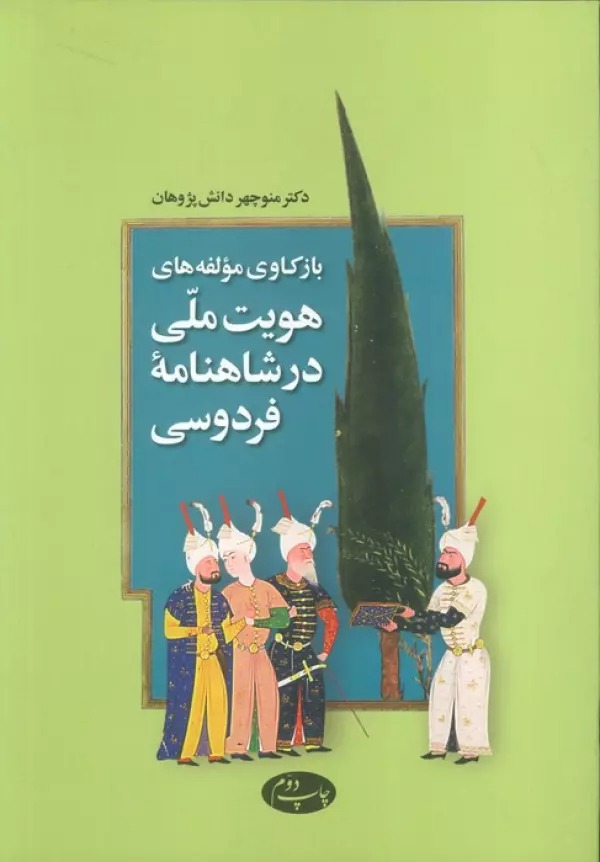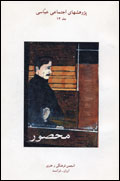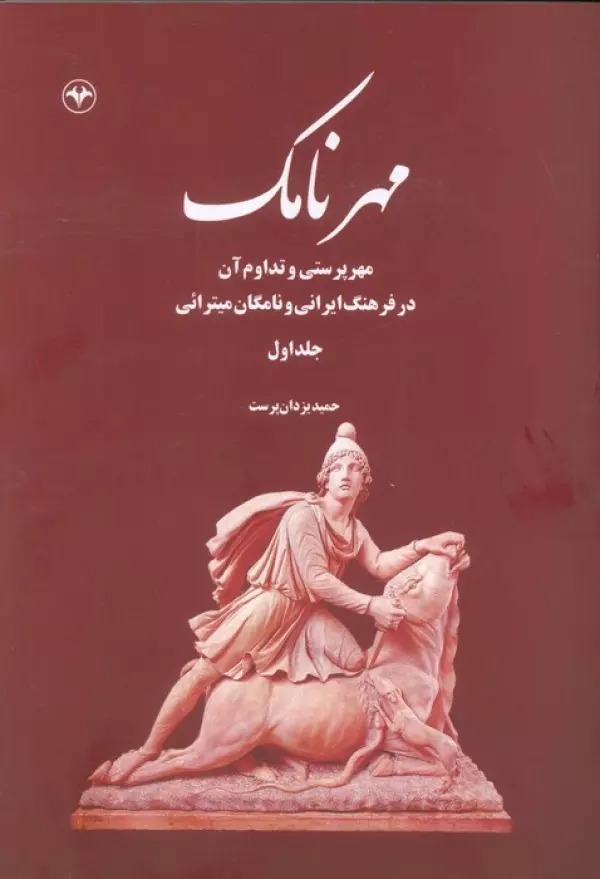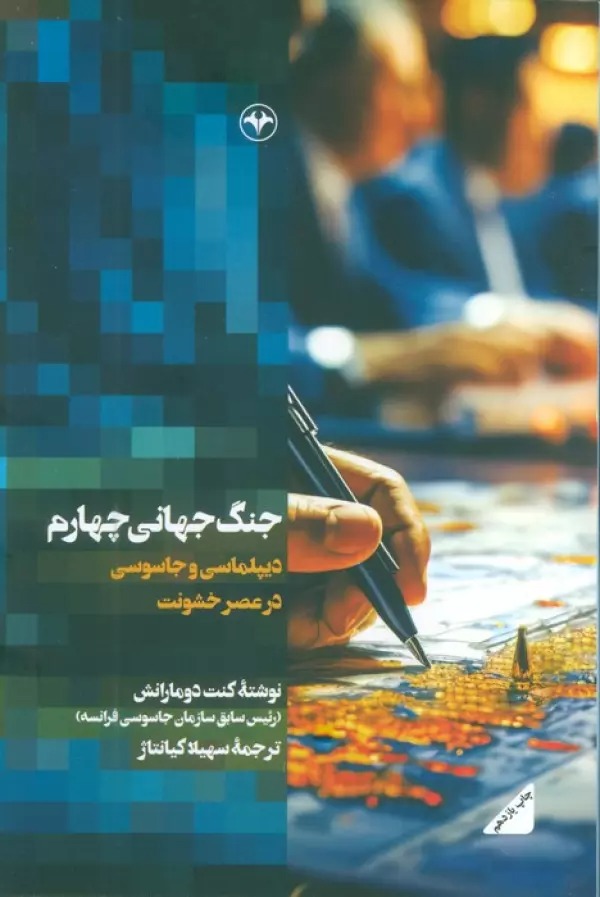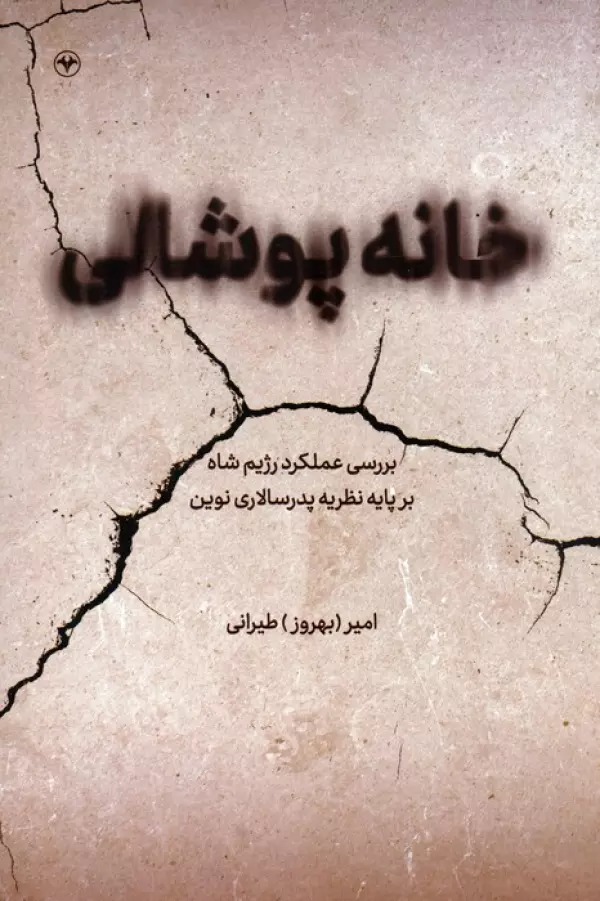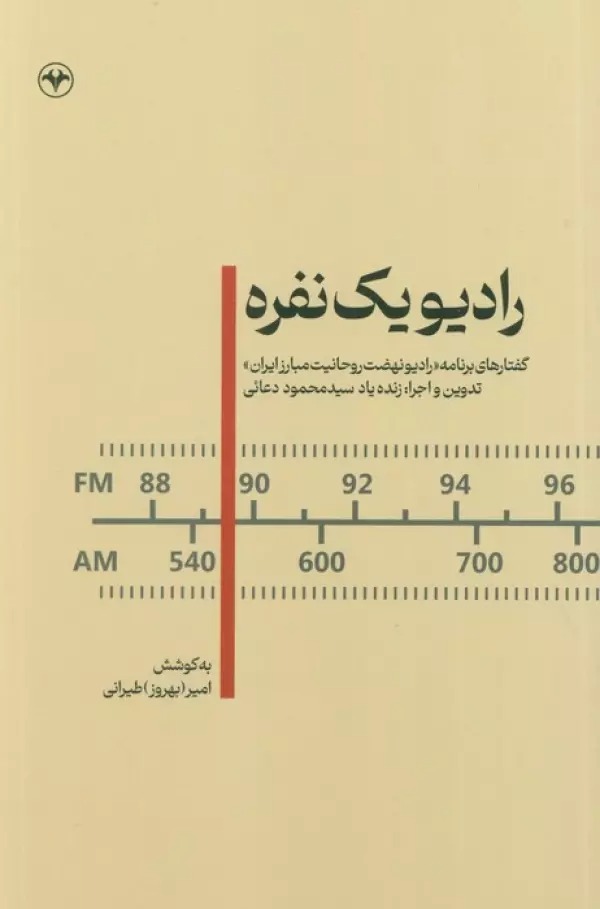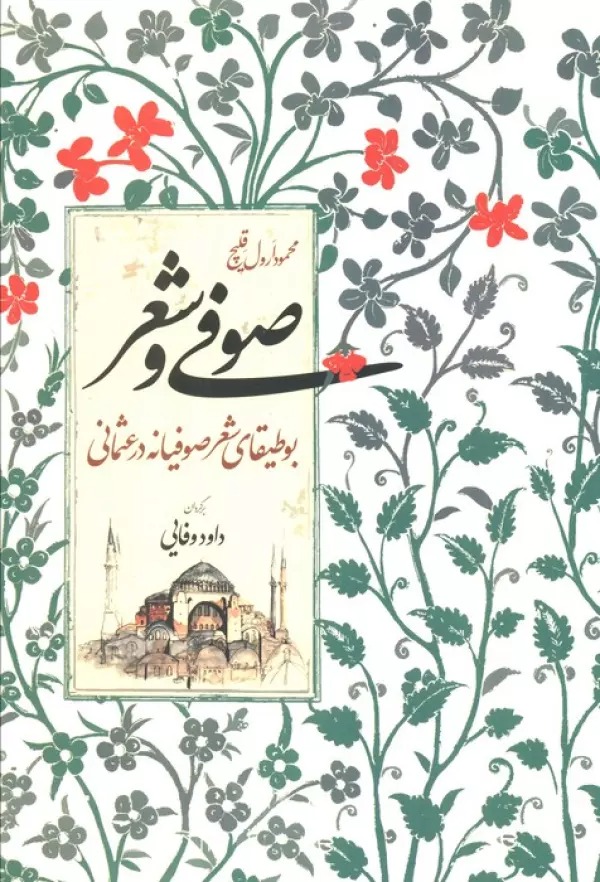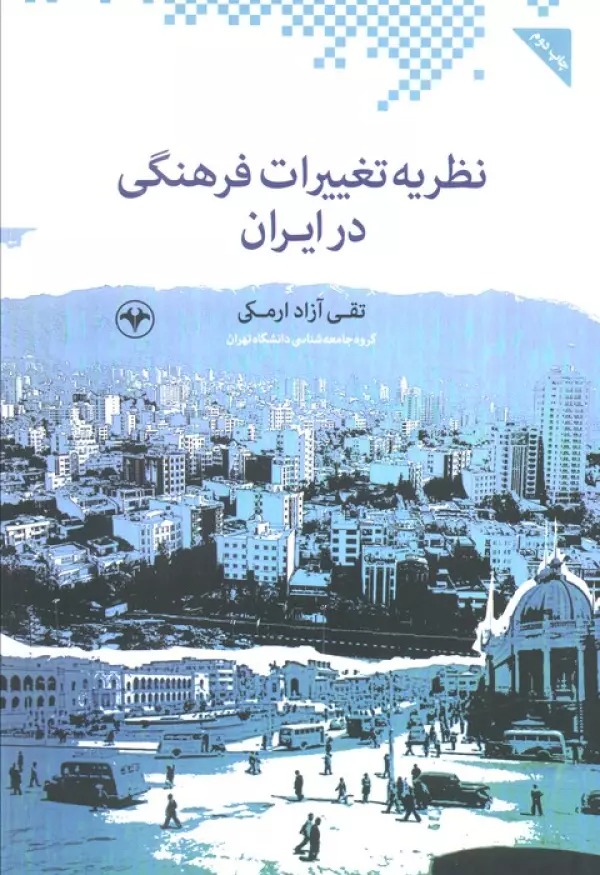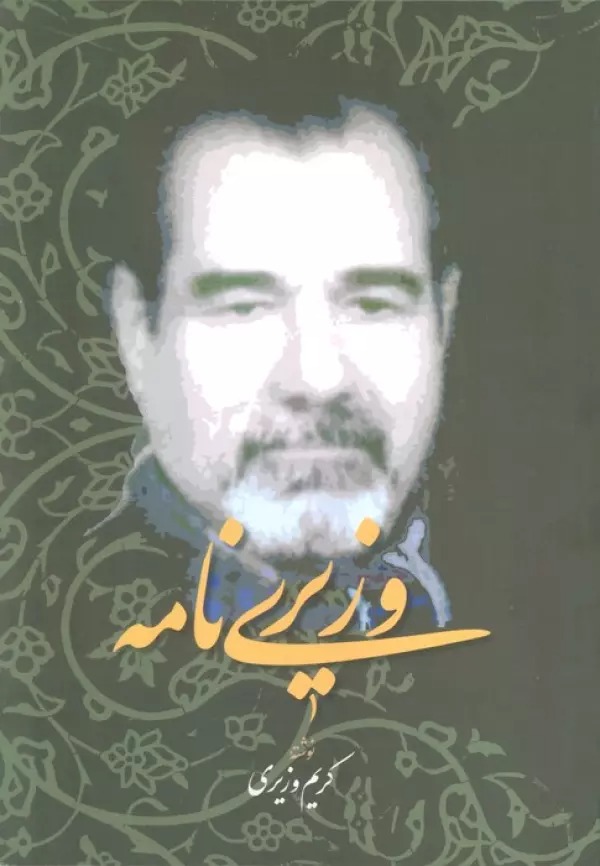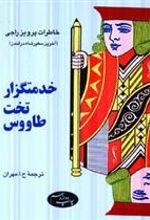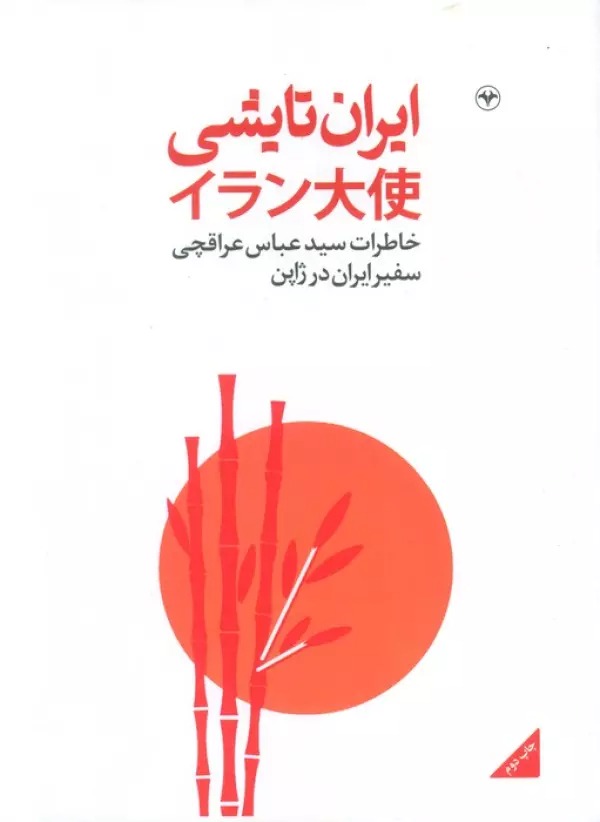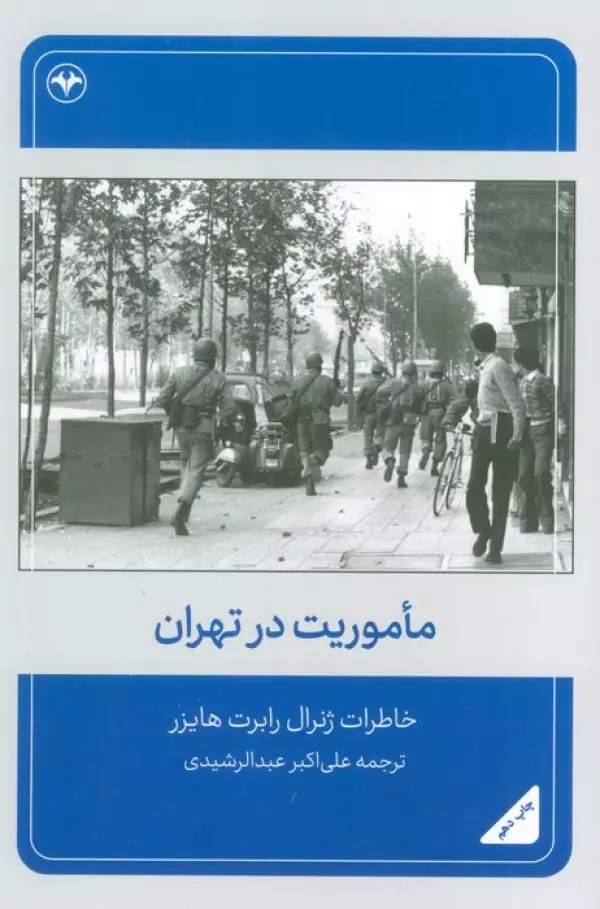بازکاوی مولفههای هویت ملی در شاهنامه فردوسی فارسی 1404
Bāz'kāvī-yi Mu'alifah'hā-yi Huvīyat-i Millī dar Shāhnāmah-yi Firdawsī
16٫88 $
اشتراکگذاری
Wishlist
The Shahnameh by Ferdowsi is a poetic epic, containing approximately 50,000 to 61,000 verses, according to existing manuscripts, and is one of the largest and most prominent epic poems in the world, whose composition is the result of at least thirty years of continuous work by this Iranian orator. The subject of this work is the legends and history of Iran from its beginnings to the Arab invasion of Iran in the seventh century AD, which is included in the four dynasties of the Pishdadids, Kayanids, Parthians and Sassanids. The Shahnameh consists of three parts: mythological, heroic and historical, and is written in the meter of "fa'uln fa'uln fa'uln fa'ul", in a close-knit sea of deleted words. When the language of knowledge and literature in Iran was Arabic, Ferdowsi, by composing the Shahnameh with its purposeful features, revived and sustained the Persian language. One of the important sources that Ferdowsi used to compose the Shahnameh was the Shahnameh of Abu Mansouri. Ferdowsi composed the Shahnameh at a time when the Persian language was in turmoil, and he prevented this turmoil from becoming permanent and increasing. Ferdowsi used mostly Persian in composing the Shahnameh, and the number of Arabic words in the Shahnameh is only 865.
The Shahnameh has had a great influence on the direction of Persian culture and also magnificent reflections in world literature, and poets such as Goethe and Victor Hugo have mentioned it well. The Shahnameh is the greatest book in the Persian language that has been noticed all over the world and has been translated into many living languages of the world. For the first time in the year 601 AH, Bandari Isfahani translated the Shahnameh into Arabic, and after that, other translations of this work were made, including the translation into French by Jules Mel.
What makes this book different from other research on the Shahnameh is its interdisciplinary approach to determining and measuring the components of national identity in the Shahnameh. In analyzing the components of national identity, the author, while utilizing historical findings, has also pointed out their practical aspects as a reserve of Iranian culture and civilization for contemporary Iranian society.
more
شاهنامه اثر فردوسی، حماسهای منظوم، بر حسب دست نوشتههای موجود دربرگیرنده نزدیک به ۵۰٬۰۰۰ تا ۶۱٬۰۰۰ بیت و یکی از بزرگترین و برجستهترین سرودههای حماسی جهان است که سرایش آن دستآورد دستکم سی سال کار پیوستهٔ این سخنسرای ایرانی است. موضوع این اثر، افسانهها و تاریخ ایران از آغاز تا حملهٔ اعراب به ایران در سدهٔ هفتم میلادی است که در چهار دودمان پادشاهی پیشدادیان، کیانیان، اشکانیان و ساسانیان گنجانده میشود. شاهنامه از سه بخش اسطورهای، پهلوانی و تاریخی تشکیل، و بر وزن «فعولن فعولن فعولن فعلْ»، در بحر متقارب مثمّن محذوف نگاشته شدهاست.
هنگامی که زبان دانش و ادبیات در ایران، عربی بود، فردوسی، با سرودن شاهنامه با ویژگیهای هدفمندی که داشت، زبان پارسی را زنده و پایدار کرد. یکی از بنمایههای مهمی که فردوسی برای سرودن شاهنامه از آن استفاده کرد، شاهنامهٔ ابومنصوری بود. فردوسی هنگامی شاهنامه را سرود که زبان پارسی دچار آشفتگی بود، و او از ماندگار شدن این آشفتگی و افزونی آن جلوگیری کرد. فردوسی در سرودن شاهنامه بیشتر از پارسی سره بهره برده و شمار واژههای عربی در شاهنامه تنها ۸۶۵ واژه است.
شاهنامه نفوذ بسیاری در جهتگیری فرهنگ فارسی و نیز بازتابهای شکوهمندی در ادبیات جهان داشتهاست و شاعرانی مانند گوته و ویکتور هوگو از آن به نیکی یاد کردهاند. شاهنامه بزرگترین کتاب به زبان پارسی است که در همه جای جهان مورد توجه قرار گرفته و به بسیاری از زبانهای زندهٔ جهان ترجمه شدهاست. نخستین بار در سال ۶۰۱ خورشیدی، بنداری اصفهانی شاهنامه را به زبان عربی برگرداند و پس از آن برگردانهای دیگری از این اثر، ازجمله برگردان ژول مل به زبان فرانسوی، انجام گرفت.
آنچه کتاب حاضر را با دیگر پژوهشها درباره شاهنامه متفاوت میسازد، رویکرد بینرشتهای آن در تعیین و سنجش مولفههای هویت ملی در شاهنامه است. نویسنده در بازکاوی مولفههای هویت ملی، ضمن بهرهگیری از یافتههای تاریخی، به جنبههای کاربردی آنها نیز بهعنوان ذخیره فرهنگ و تمدن ایران، برای جامعه کنونی ایرانی اشاره کرده است.
more

